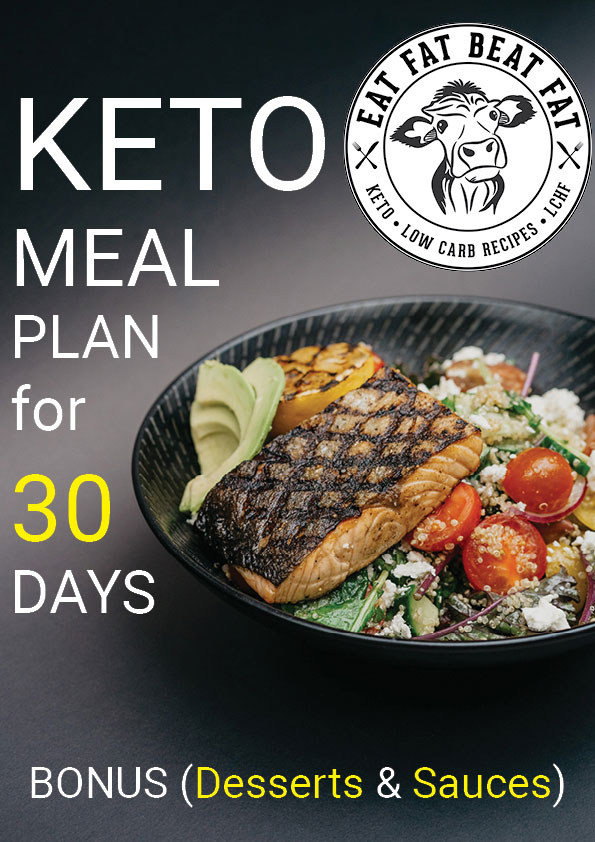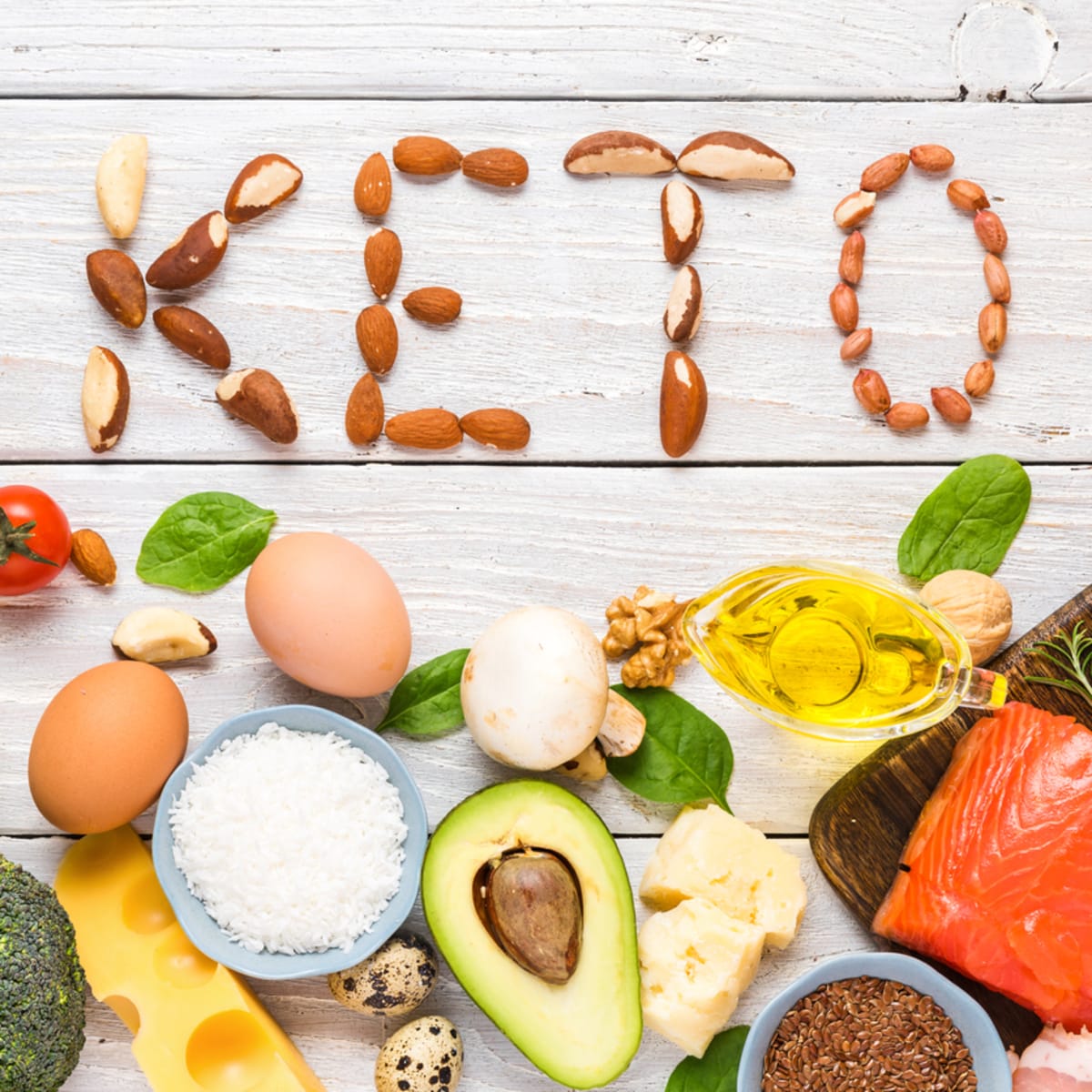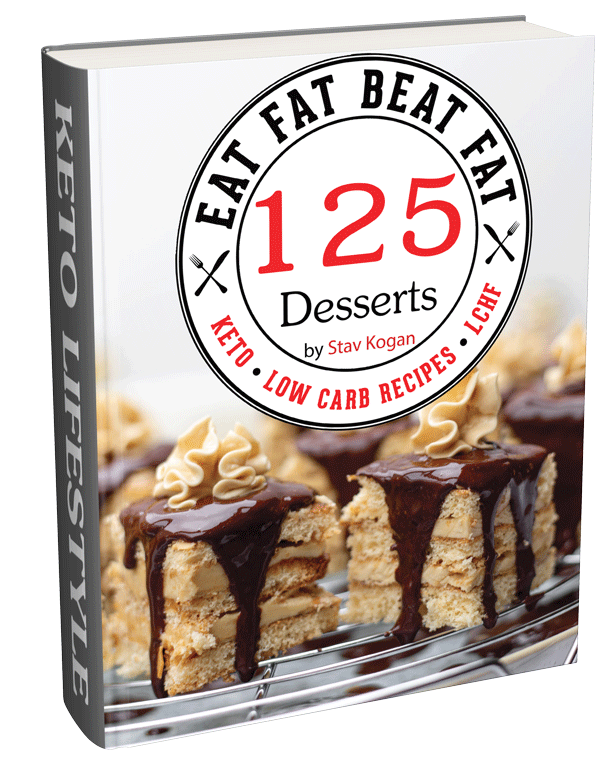My relationship with food and fitness started when I shifted from enjoying food in moderation to using it to exert control over my environment. I battled an eating disorder for eight years, starting when I was thirteen. Beginning with bulimia, in which I would binge on restricted foods and then purge them from my body, it progressed to years of starvation with anorexia and severe drug abuse, then back to bulimia as I continued to severely restrict my diet, and finally to orthorexia (obsession with eating the “right” foods), in which I’d suffer panic attacks if I wasn’t able to prepare my own meals.
The loss of my menstruation, or amenorrhea as it is medically referred as, was the most serious of the physical issues caused by my relationship to food. From the age of thirteen to twenty-one, I was on birth control. I stopped using birth control, and my period never returned. i.e., eight years without any sort of cycle.
I didn’t give my period’s disappearance much thought for the most of my twenties. After all, life was much easier before it. I kept pushing my body by engaging in marathon running, cycling, swimming, and dieting because I thought there was no other way to have the body I so much desired. Although I carried out all of these actions in the name of health, none of my actions were actually healthy.
It was a difficult time, and I tried to hide my insecurities by getting promotions at work, going on backpacking excursions, and putting on a happy face. I had no concept of self-love or body acceptance. I became fixated on exercising, according to the “rules” of healthy eating, which included avoiding dietary fat, and being the greatest at everything. I wasn’t any closer to liking or accepting my body despite the fact that the basic eating-disorder tendencies were fading. Instead, I switched my focus from bingeing and restricting my diet to exercising excessively and controlling my nutrition intake.
In the midst of a never-ending cycle of training and injuries brought on by training, I started hormone replacement treatment (HRT) five years after discontinuing birth control. My hormones hadn’t changed eight months later, but the scale did. I had a body fat percentage of 32% and was carrying an additional 20 pounds, all of which, I swear, were formed of cellulite.
I was eating six modest meals a day, exercising once or twice a day, staying away from food after 5 p.m., and other “right” things, but the weight only continued to gain with each passing week. I knew I had to take action when my hips wouldn’t fit into a pair of shorts I’d bought the summer before.
Therefore, like everyone else trying to lose weight, I cut back on calories and upped the intensity of my workouts. I shortly started to feel hungry and moody. I used to binge every two to three days and felt like I was starting over. I visited a naturopath out of frustration, and she advised me to follow a low-carb diet. My first thought was a resounding “hell no!” Low-carb diets were associated in my mind with processed condiments, sweeteners, drinks, snacks, and weight-loss products that I had seen advertised on infomercials. I was persuaded to avoid them after hearing what my nutrition instructors had to say about how unhealthy, unnatural, and absurd low-carb diets were.
However, I was in a desperate situation, so I ultimately made the decision that if I could do low-carb in a way that felt good to me, I was in. A friend suggested keto on her Instagram post that very same day. I decided to check up the word since it intrigued me, and lo and behold, there it was my answer right there on the computer.
Even though I was originally shocked to learn how many ketogenic resources used dairy as their main source of fat and primarily depended on processed foods to cut back on carbs, I was intrigued enough and desperate enough to give keto a shot. But I was adamant that I would approach it my way one that excluded grains, dairy, and refined sugars. I delved deeply into the ketogenic diet and spent weeks researching it.
It was empowering for me to be the first person in my life to give myself permission to enjoy eating fat! I fried vegetables in scoops of local cow fat, slathered coconut oil on flax muffins, and consumed a considerable amount of bacon, including the extra-fatty marbled variety that I had previously avoided. First tablespoon of nut butter, first rack of ribs: it was a summer of firsts. It was fantastic to let my large flag soar. The more fat I consumed, the more emotionally balanced I felt, the more stable my mood and sure of my decisions I became. Additionally, my constant hunger had subsided. I continued to eat until I was full, and I started to lose weight. In just two months, while eating 200 grams of fat each day, I was able to shed 20 pounds and lower my body fat from 32% to 20%.
But this is where the good news changes for the worse. I tend to restrain myself. When I discover something new that encourages weight reduction and gives me the impression that I’m on the road to becoming my “better self,” I go to extremes with it. What does 10 pounds mean when I can lose twenty? Twenty pounds are nothing when thirty are on the table. I got started right away, seeing each pound gone as a step toward a better, healthier version of myself.
It took six months for the high-fat, low-carb, low-calorie obsession to run its course, resulting in my inability to sleep, hair loss, and secret carb binges. I binged more when my eating habits tightened up. Although I thought I was thinking very clearly and had a great appearance, I realized deep down that I was losing myself as time went on.
My dietary fat consumption was the reason I was able to maintain the emotional equilibrium required to see that there was a problem and to start making changes. You see, something very miraculous happens when you start eating adequate fat after a period (in my case, a decade or more) of eating virtually no fat: your brain turns back on, your emotions calm down, and you get the ability to make deliberate judgments quickly.
I was aware of the benefits of eating a ketogenic diet, but I needed to alter how I did it. I therefore created the Fat Fueled regimen, which is the foundation of The Keto Diet, while being committed to using fats to nourish and heal. By encouraging healing, weight stabilization, and happiness while following a ketogenic diet, the program became my and so many others’ savior.
I gave myself full freedom to listen to my body, do what felt right, and heal myself from the inside out in addition to consuming all the fats. I began by giving up the traditional ketogenic strategy of extreme restriction, guilt, and shame, which I had gotten so, so good at. I made an effort to feel thankful for the amazing things my body performed for me every day, from the simple, like breathing, to the more complicated, like feeling emotion in response to a circumstance, instead of thinking that it was me versus my body. I also stopped using my ketone and glucose blood monitors, stopped tracking calories and manipulating macronutrients, and stopped listening to low-carb gurus who said that if I consumed more than 20 grams of carbs per day, I wasn’t doing “legit keto.” Even though my hair stopped falling out and my sleep quality increased, I was still able to enjoy my beloved high-fat, low-carb perks, including stable emotions, balanced blood sugar, a sharp mind, and newly discovered weight loss.
I resumed my periods nine months after starting the Fat Fueled program, went on a self-care binge, and developed an addiction to self-love. After three years of living this way of life, I’ve finally become the Nataly I always knew I could be. Others contend that when we let love in, self-actualization begins, but for me, it was all about the weight.
I traveled a very detoured path to good health. The wonderful part is that you are not required to! You can start feeling better tomorrow by using all I’ve discovered via trial and error regarding this eating pattern.
And changing the way we think about diet is the first step.






